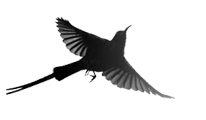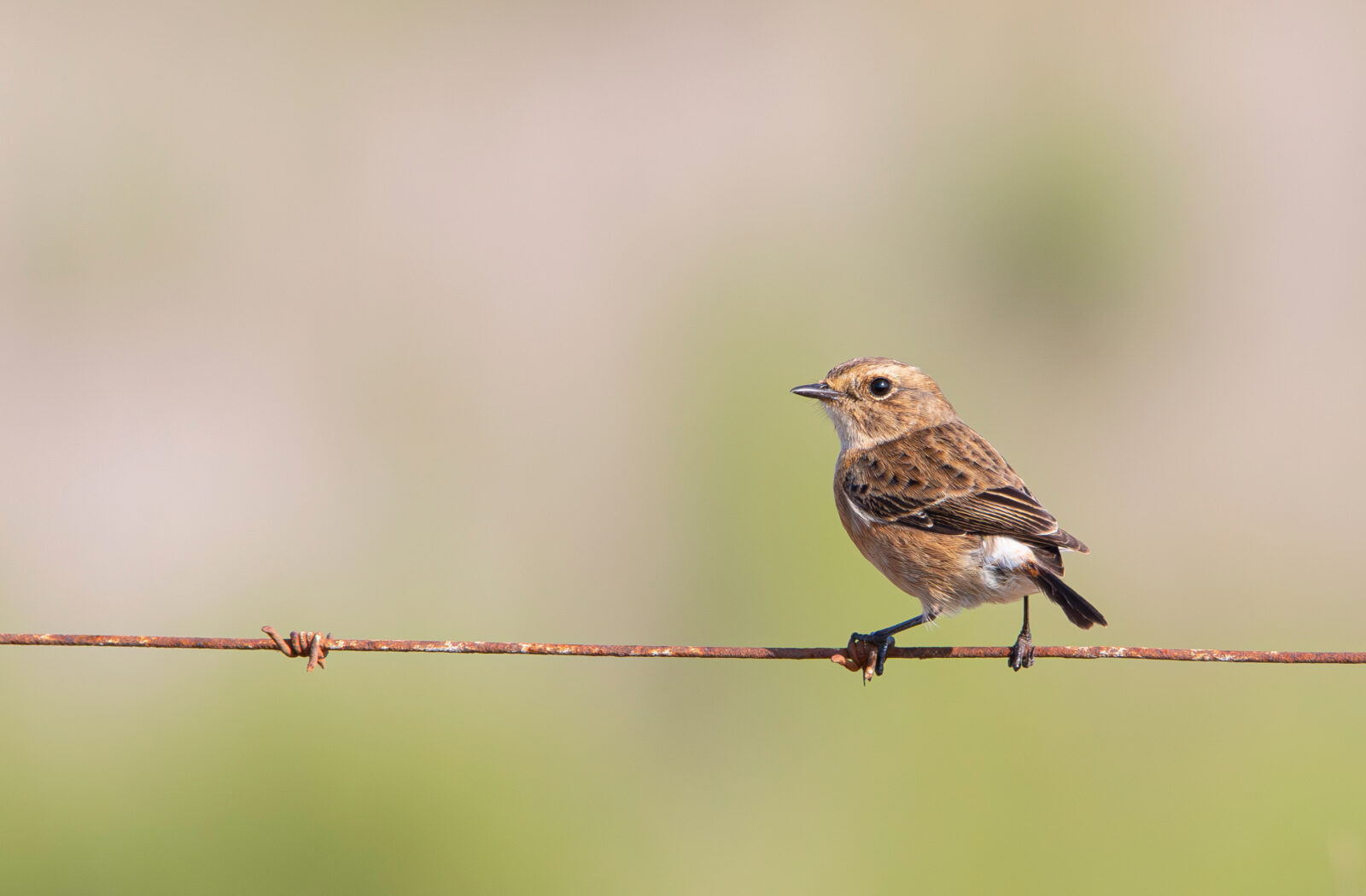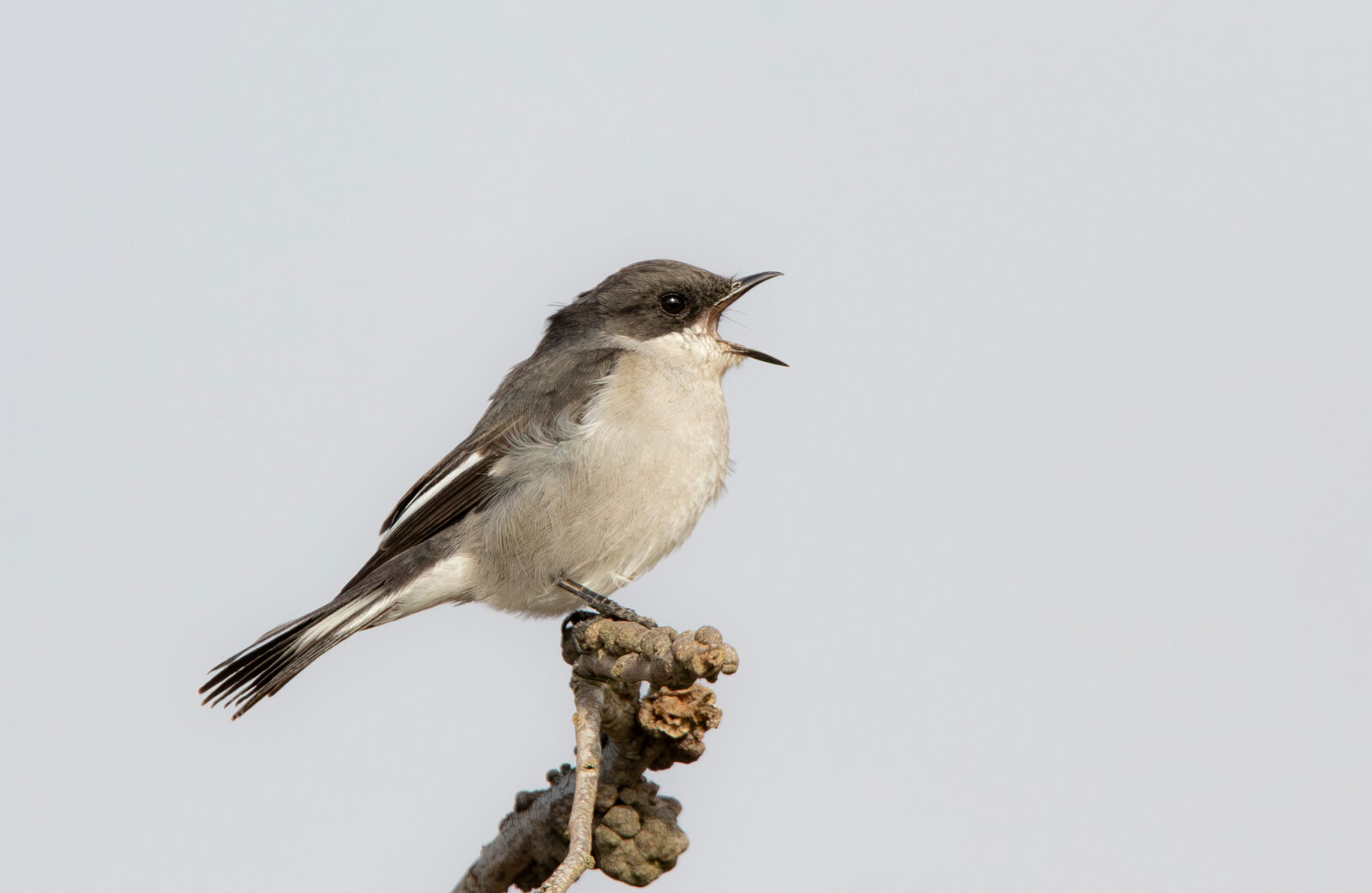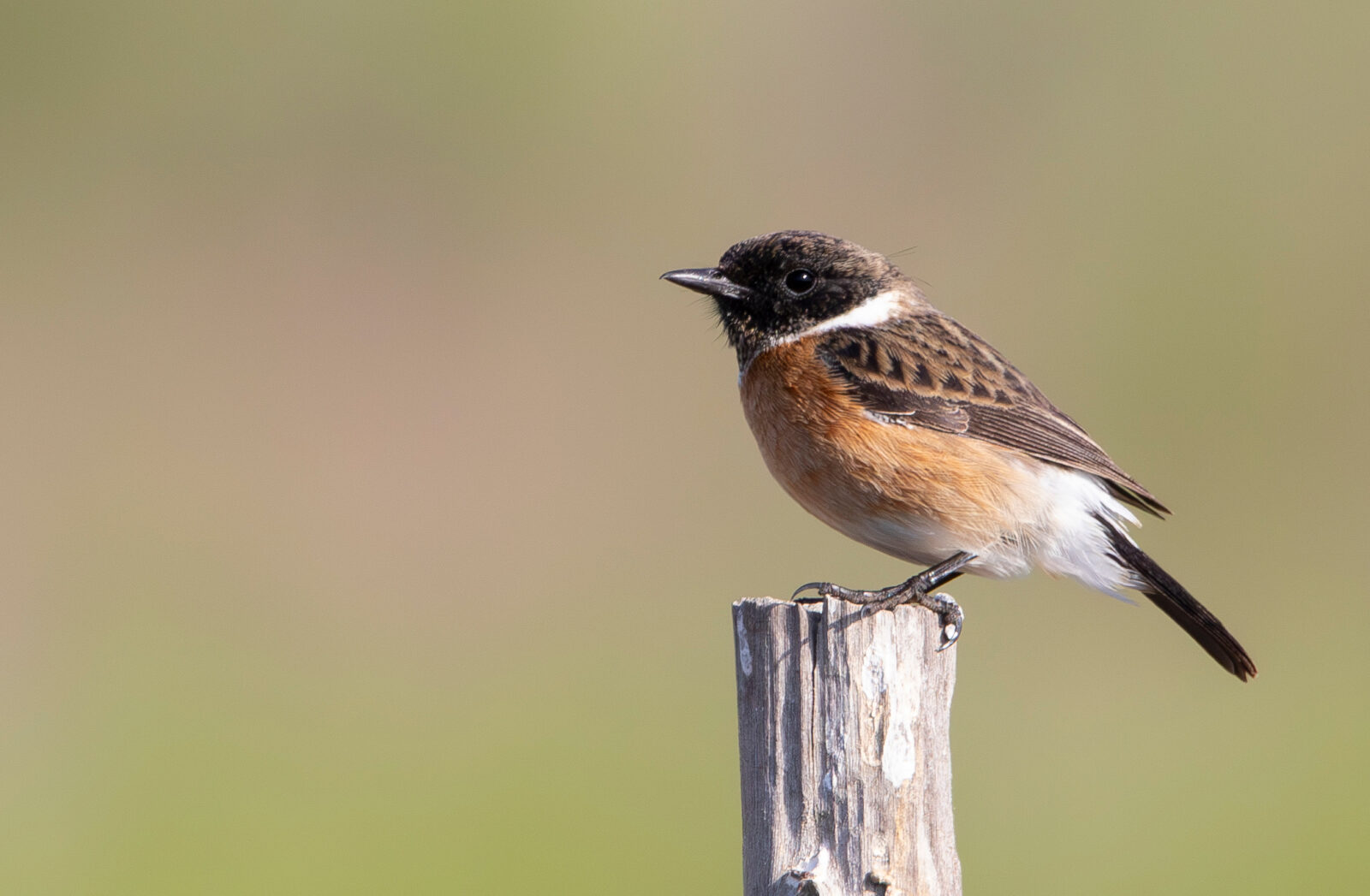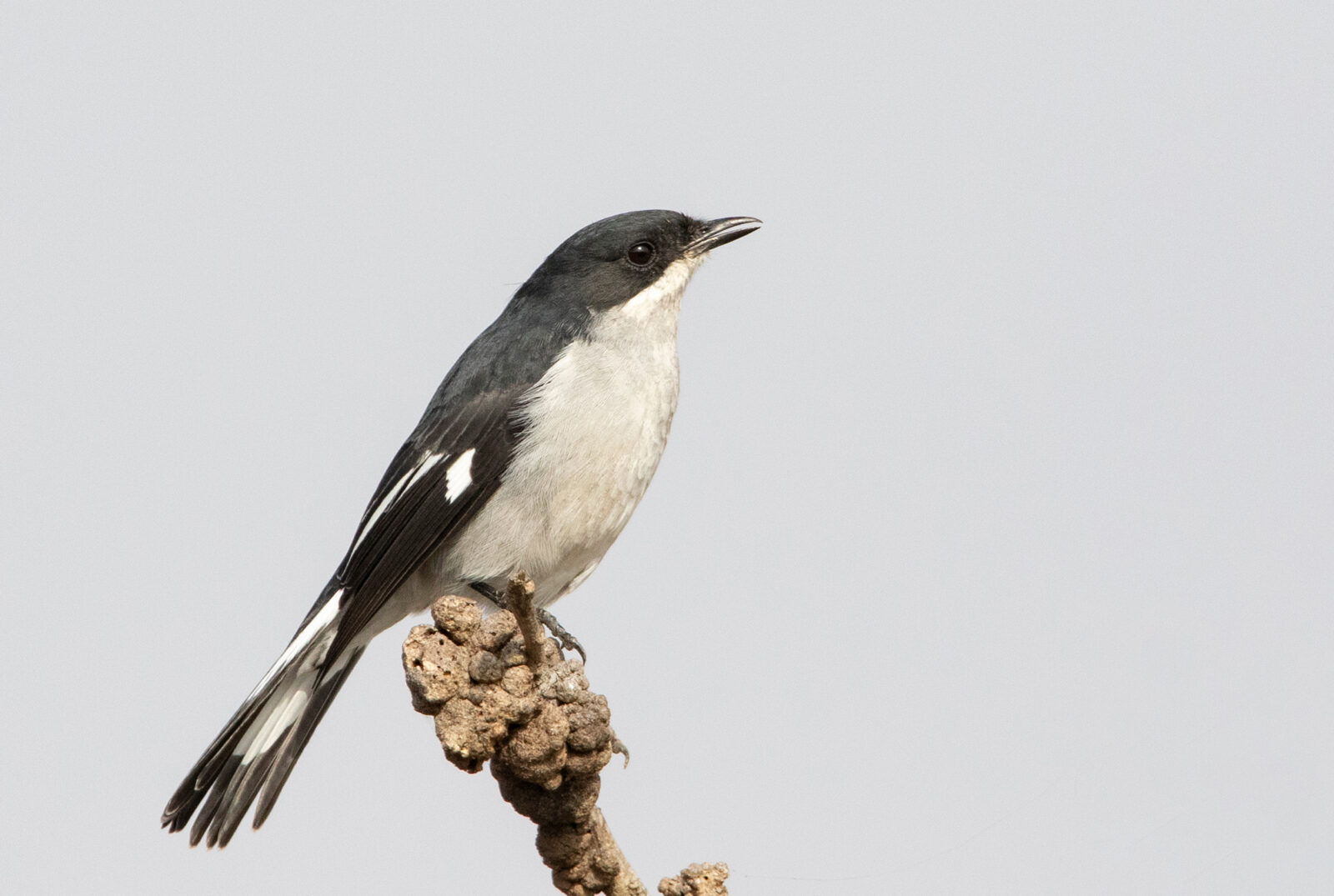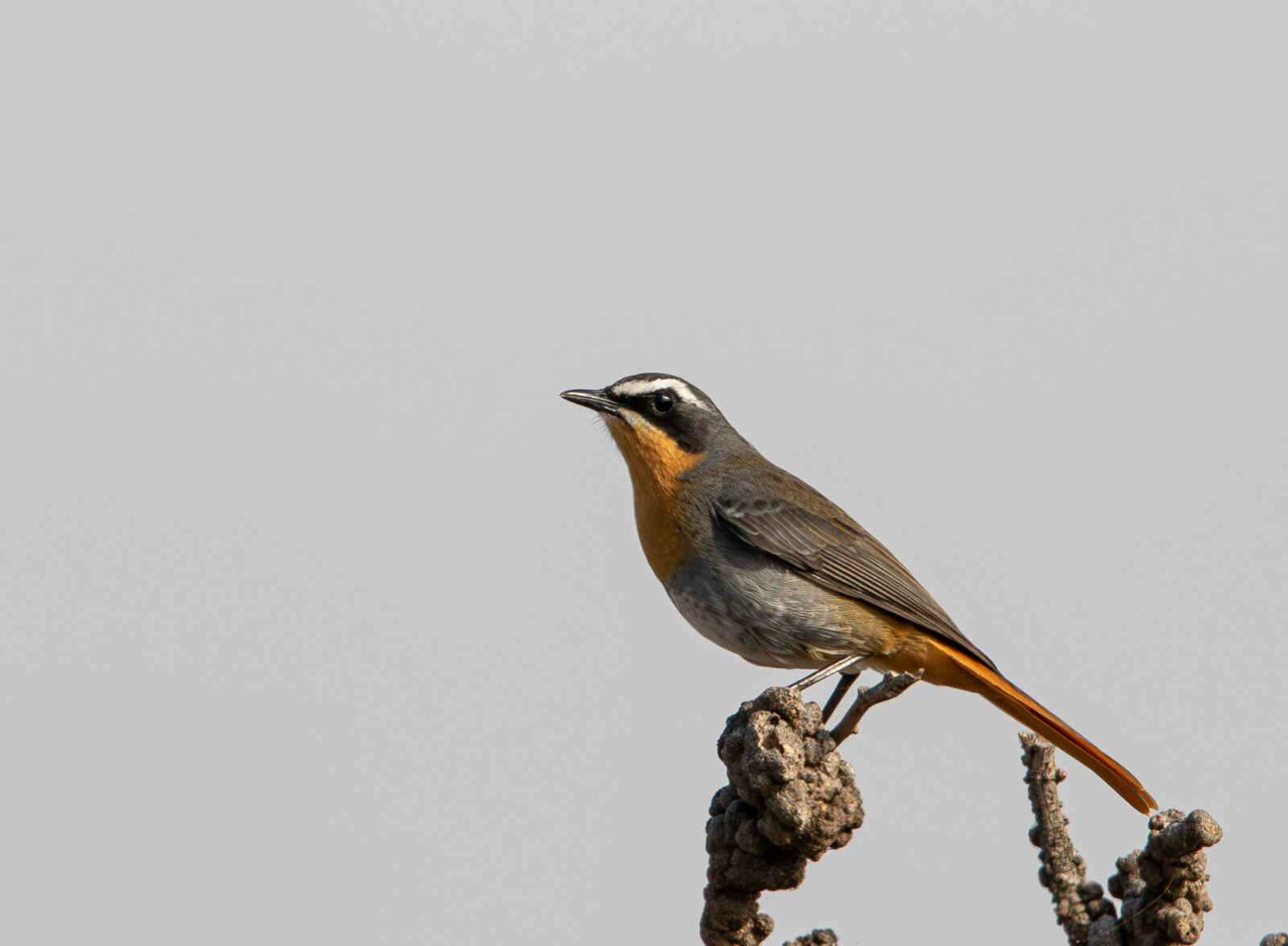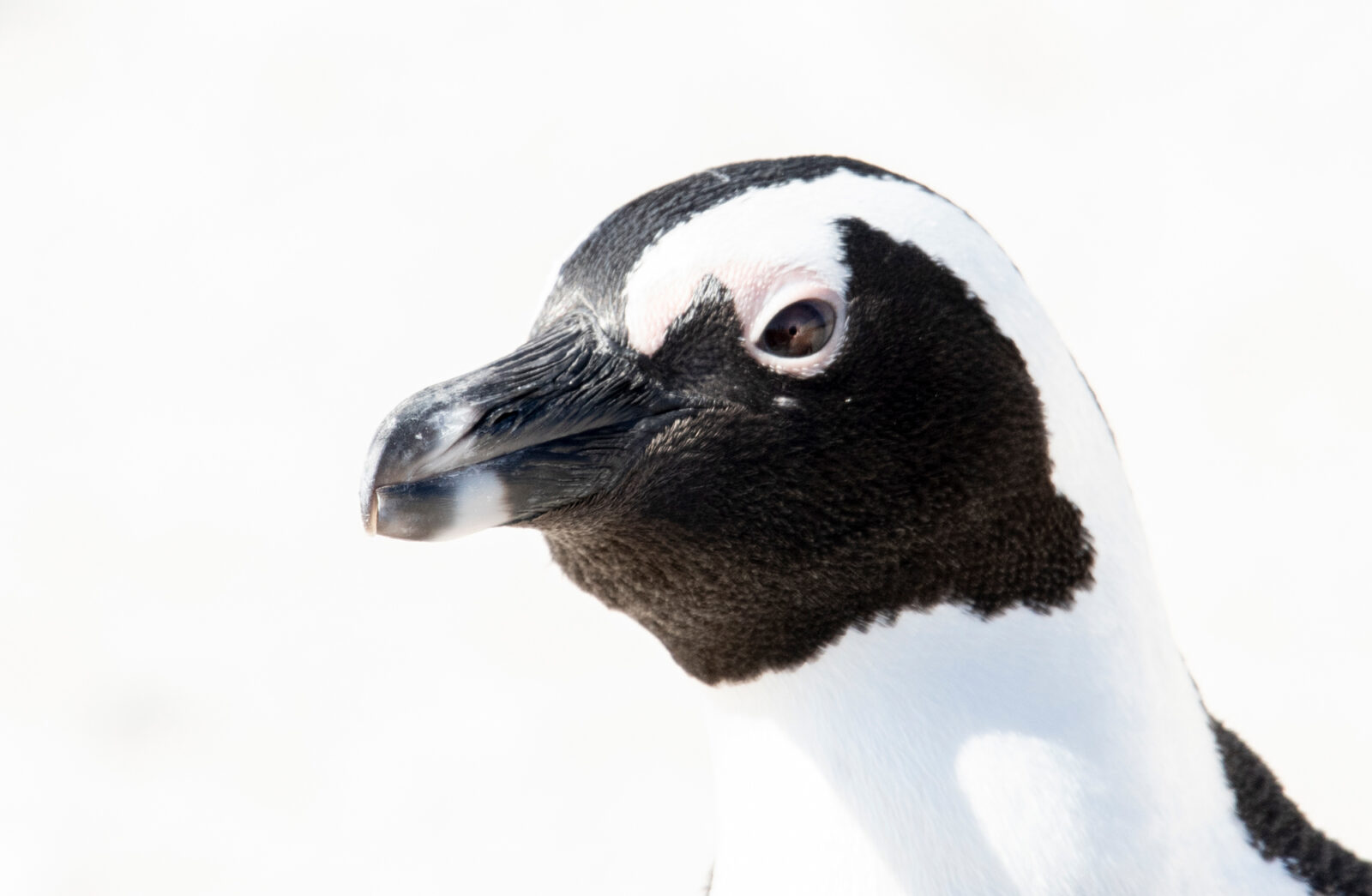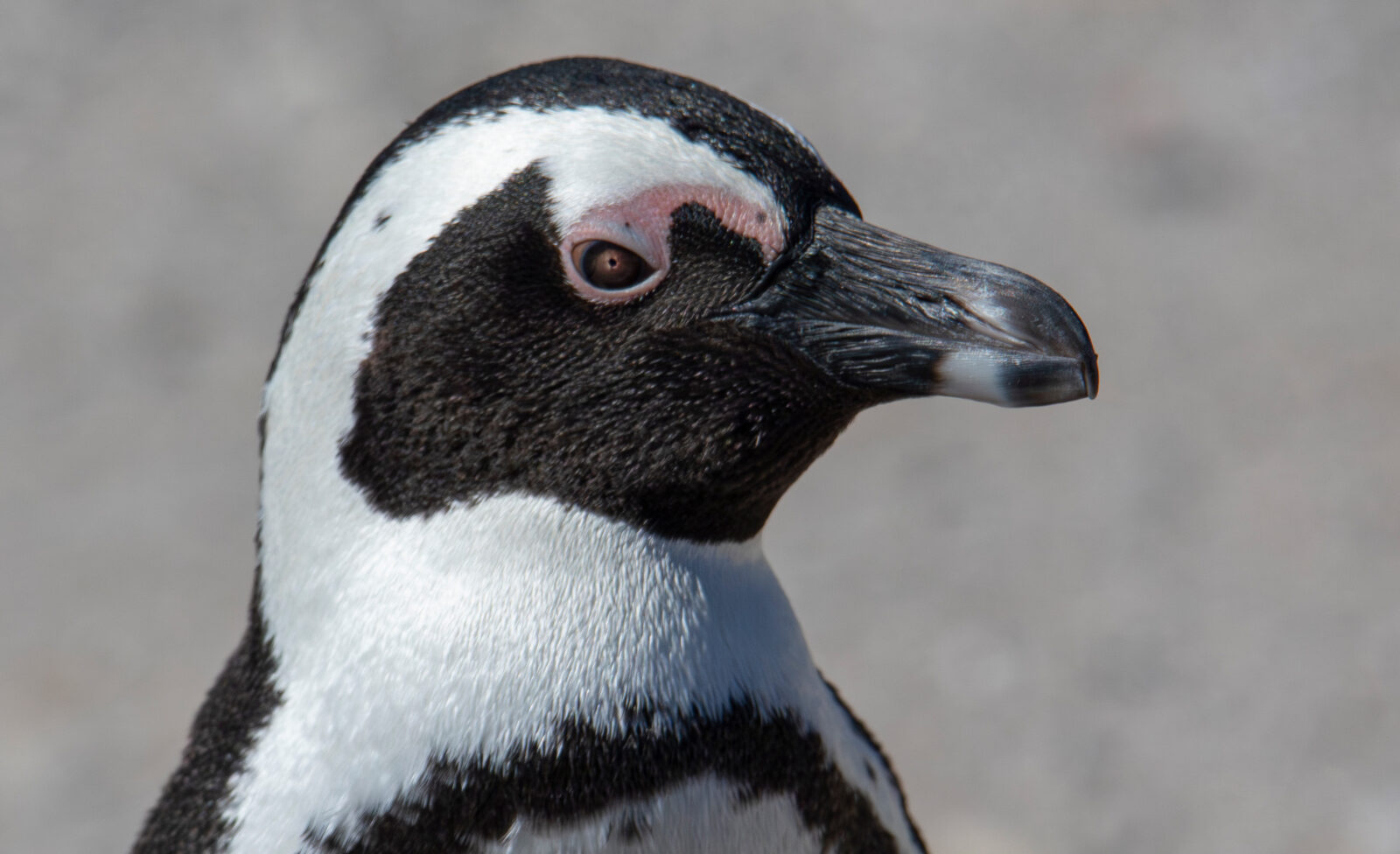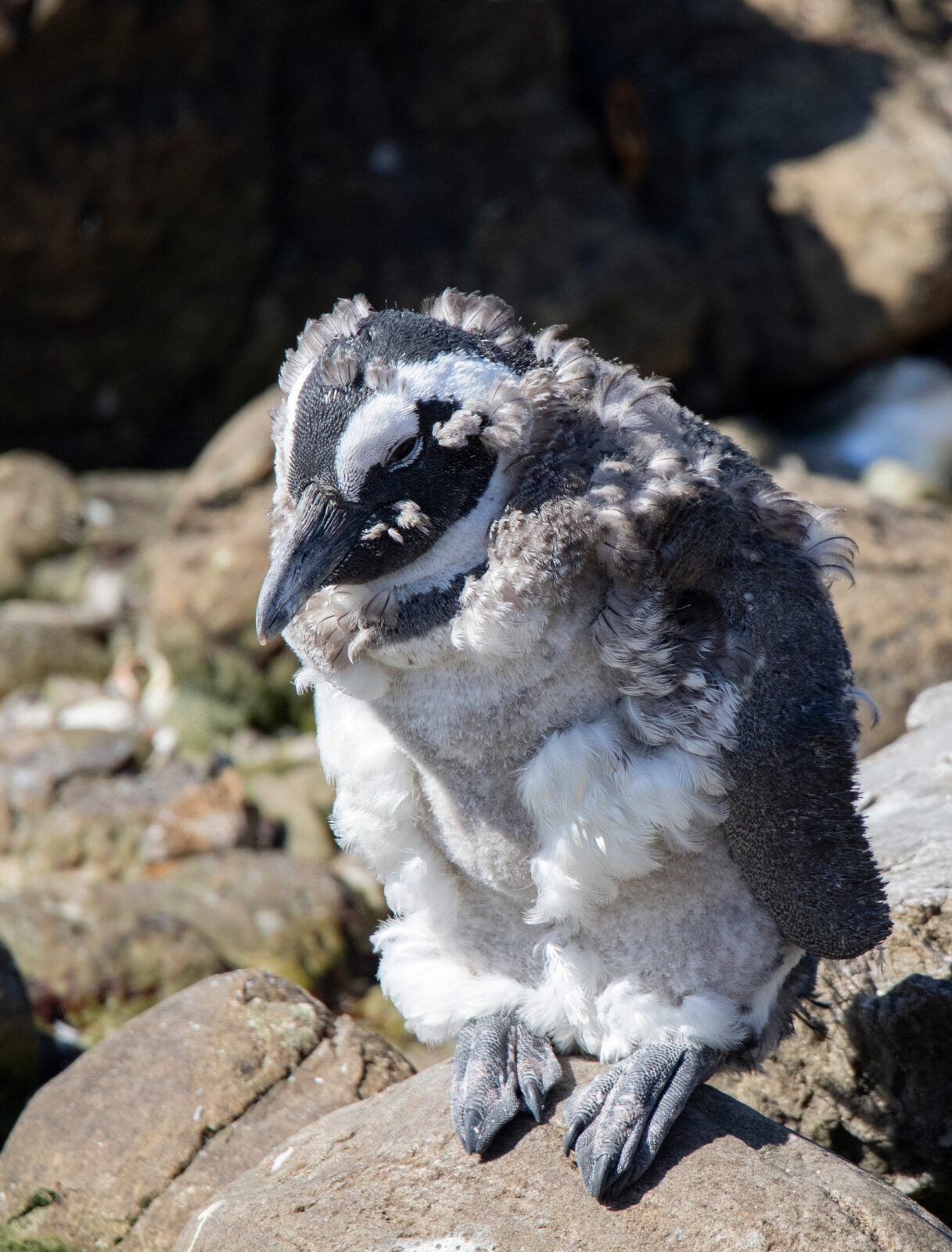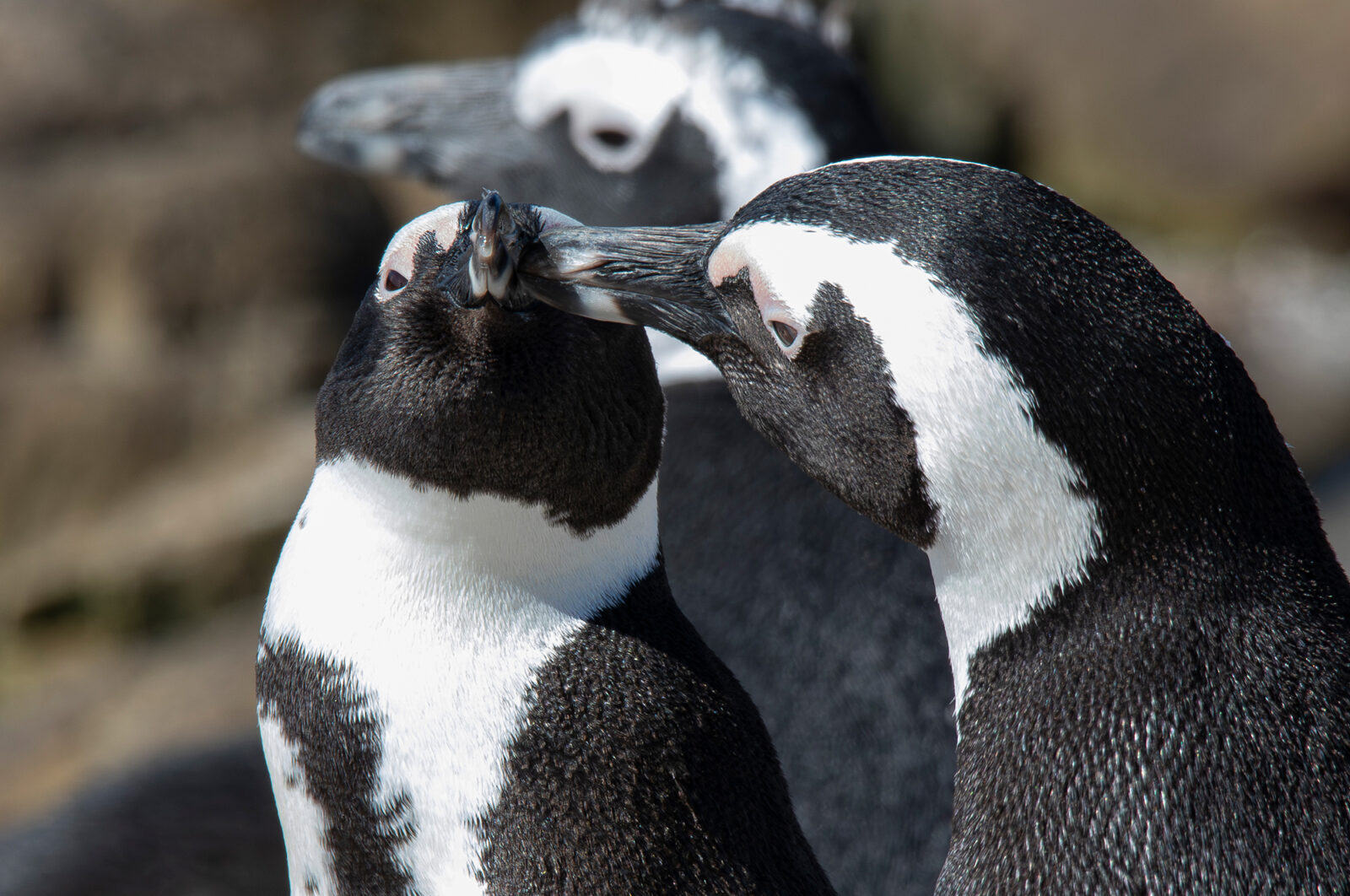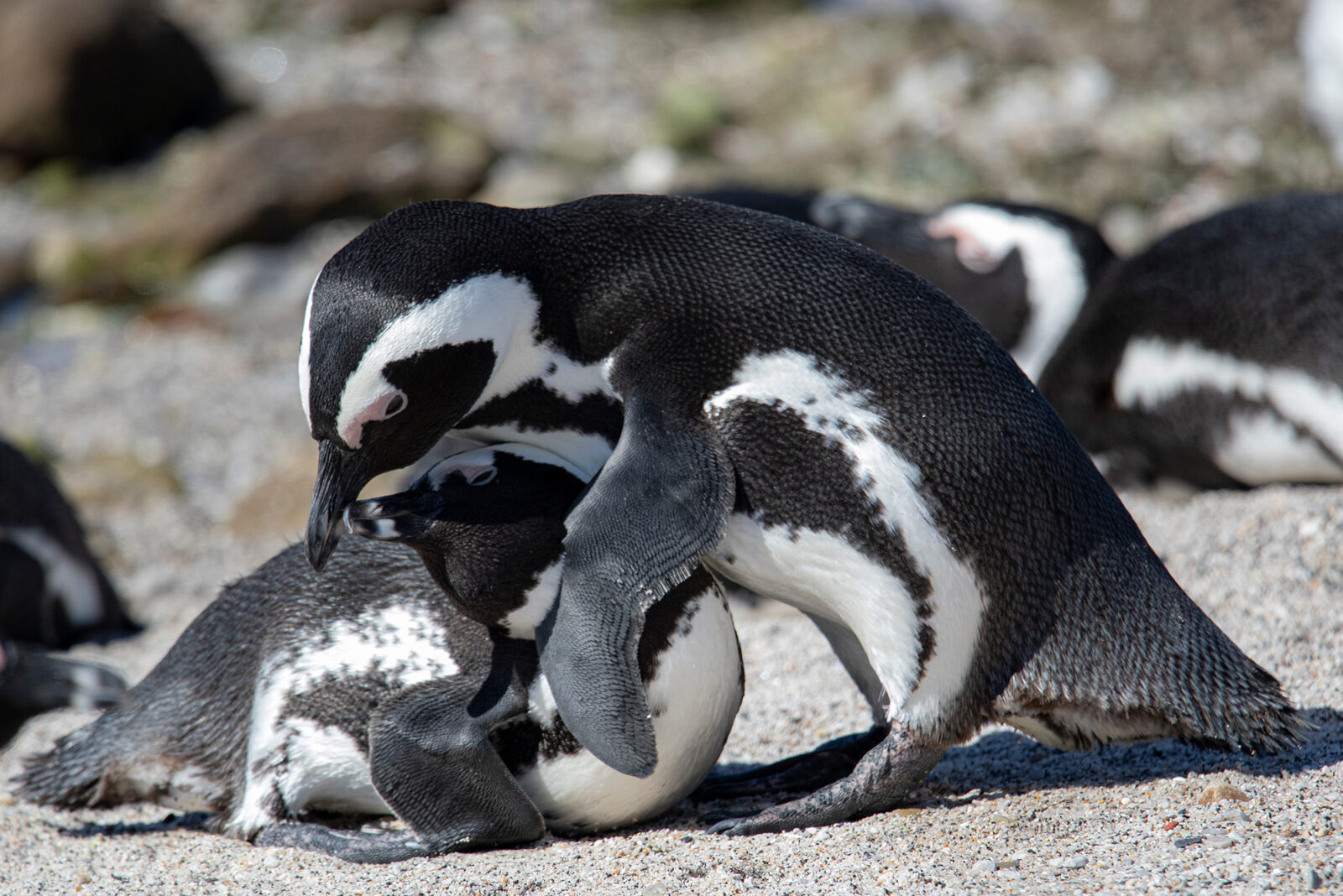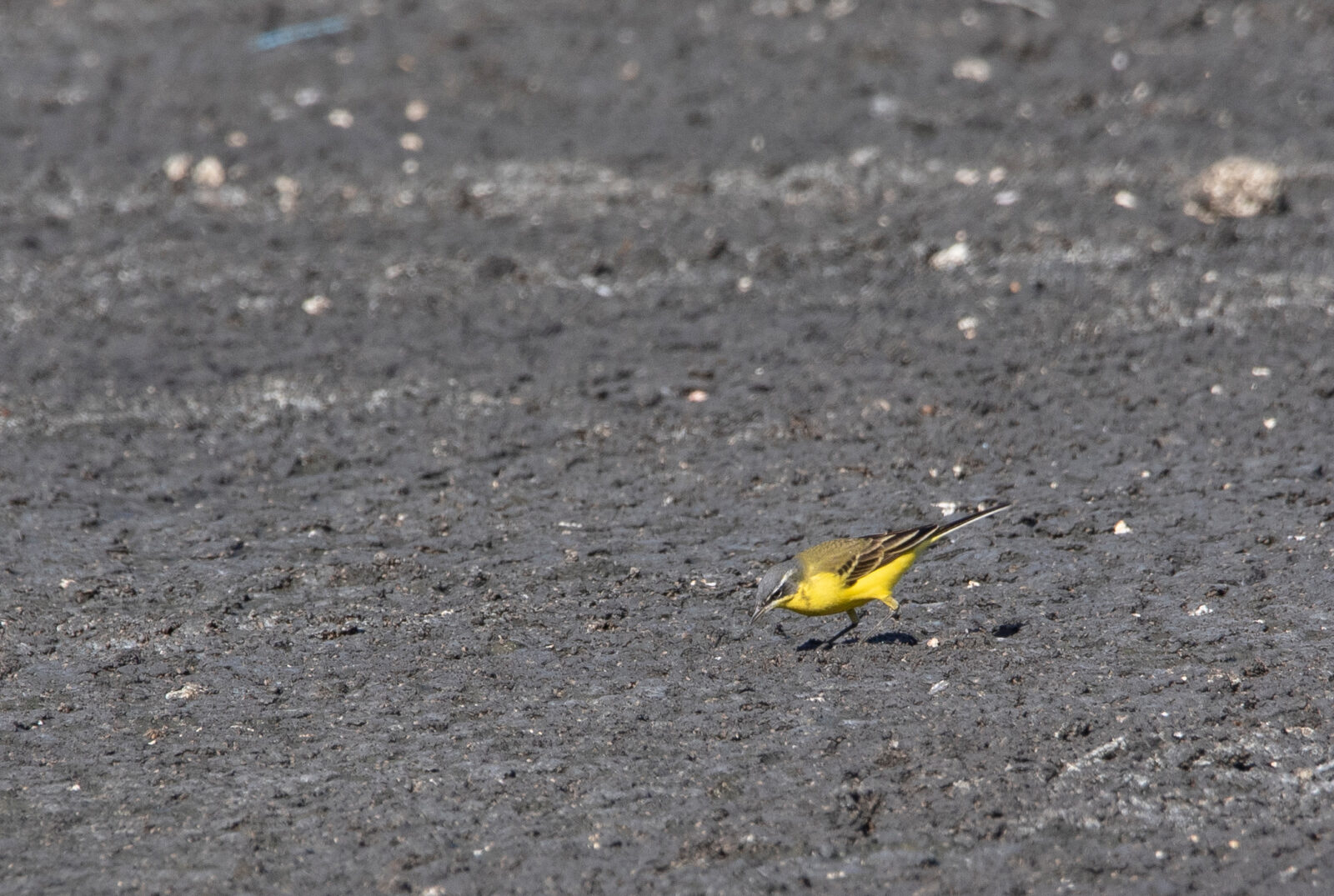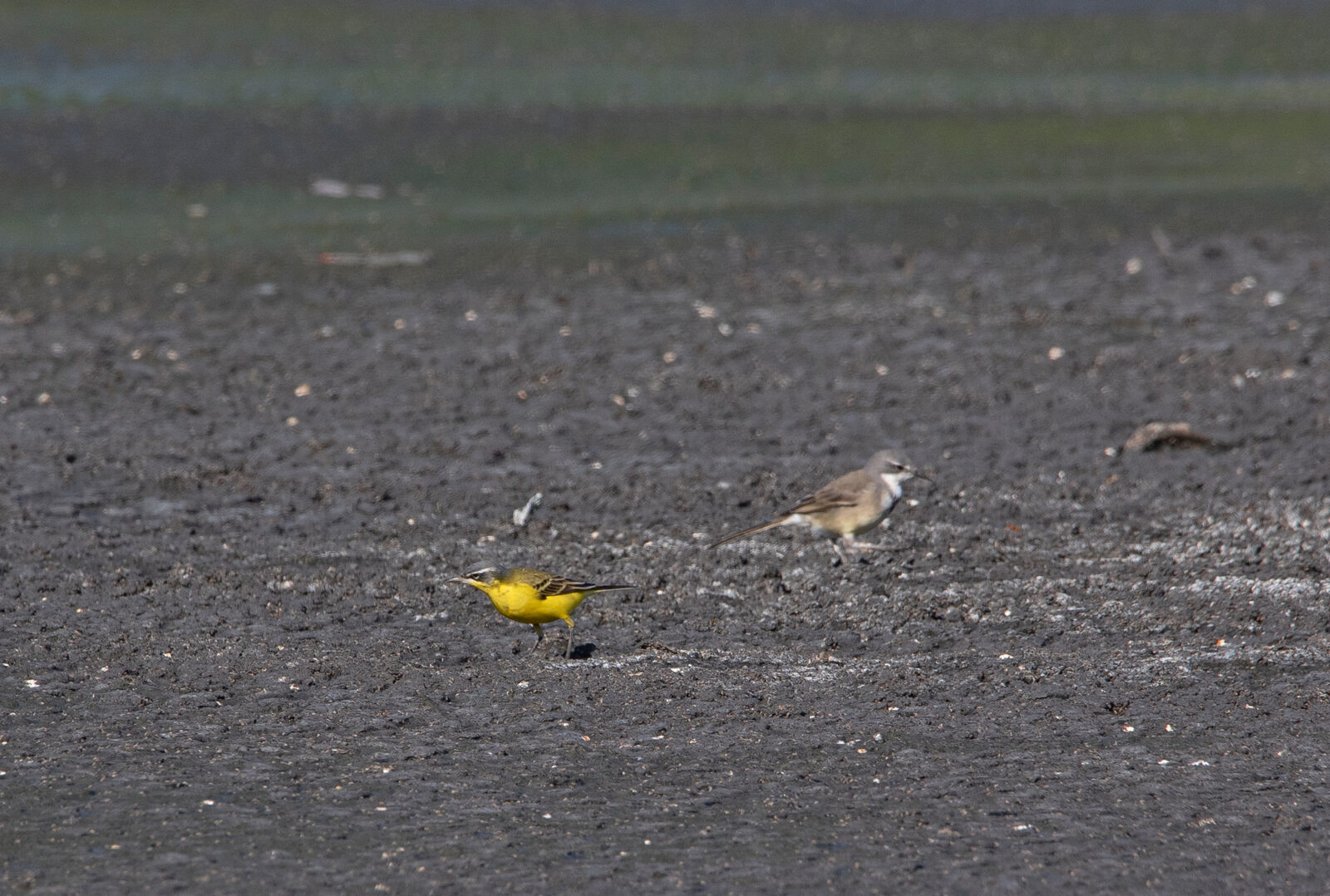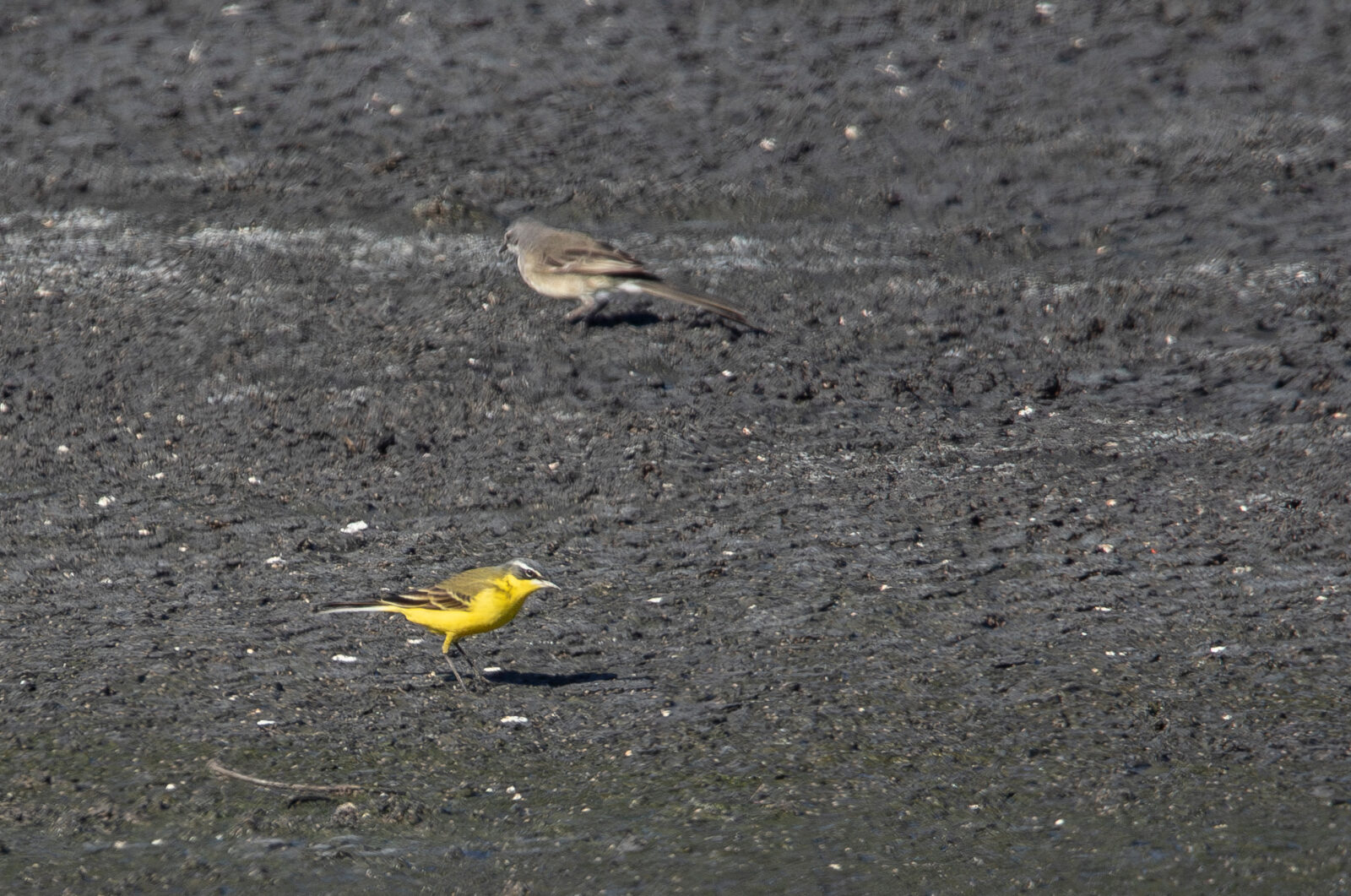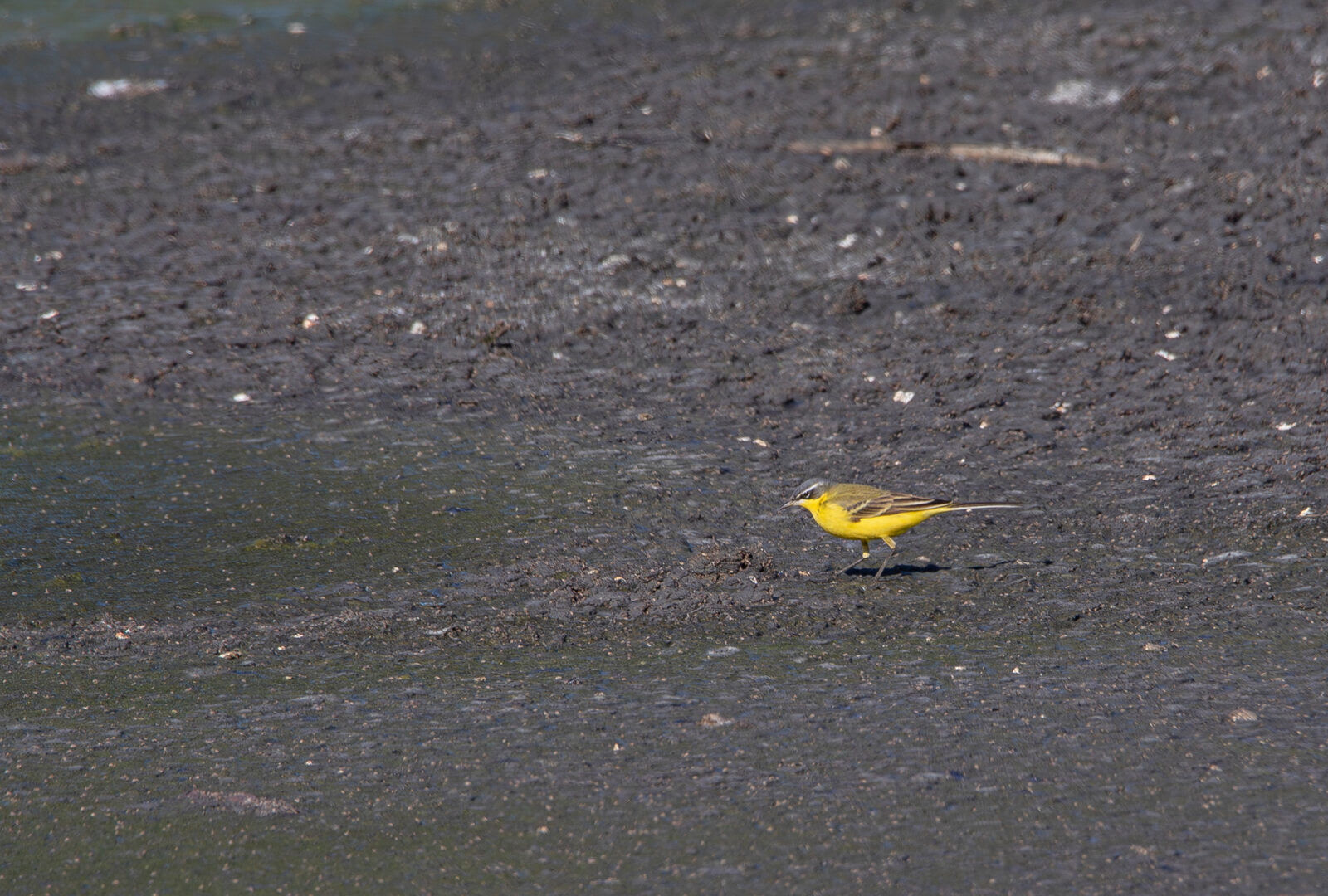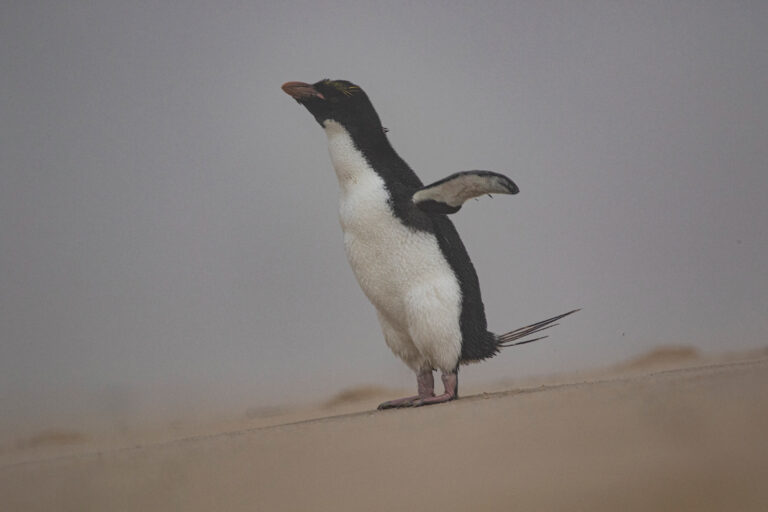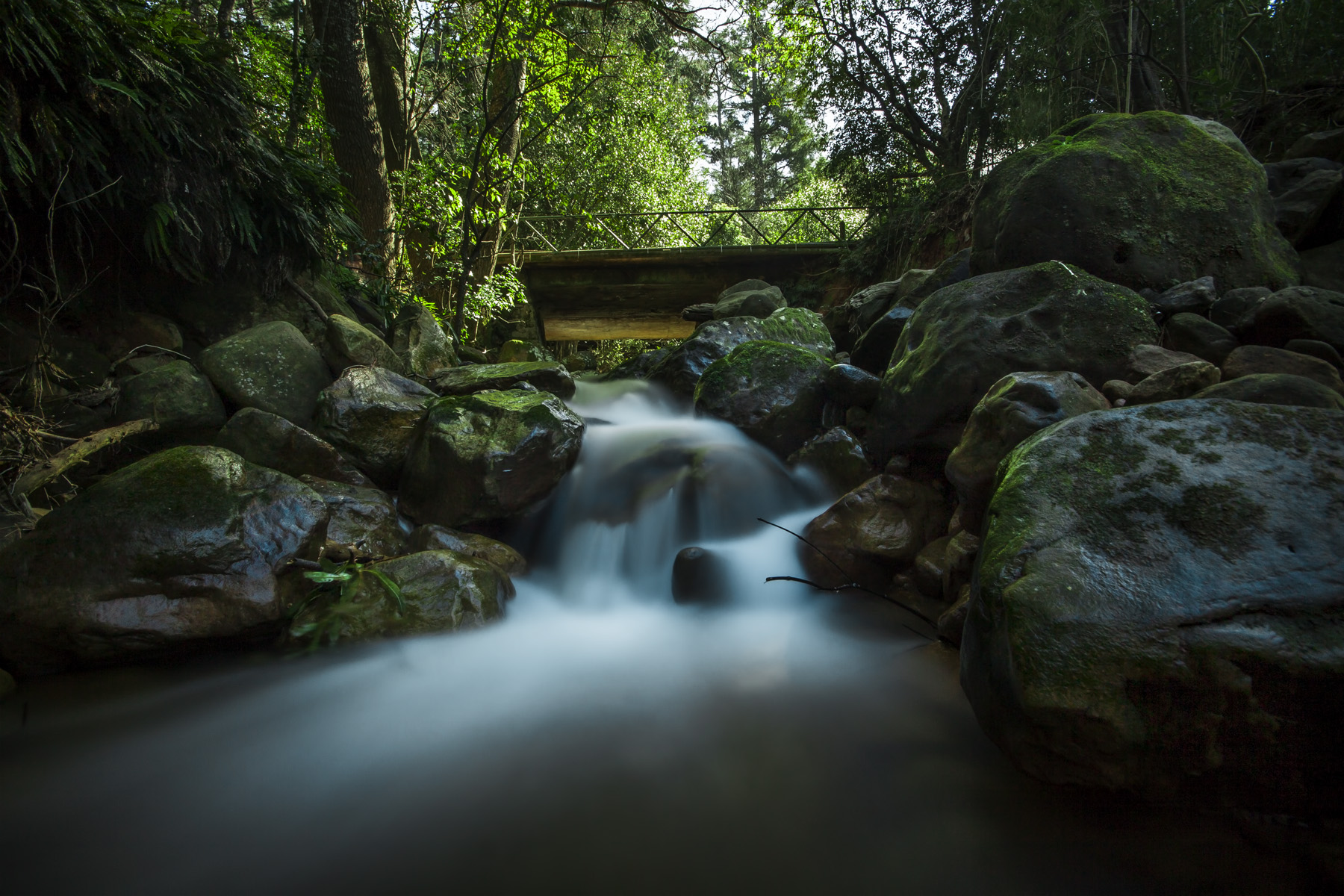A Little Yellow Surprise: Western Yellow Wagtail At Macassar Sewage Works
Our Saturday started early. The plan was to drive through Van der Stel Pass near Botrivier, then head to Hawston to search for the Red-Breasted Swallow again. Things didn’t go quite as expected, and we ended the afternoon with a Western Yellow Wagtail in Macassar. Here’s how the day unfolded.
Van der Stel Pass Birding
Van der Stel Pass is a small dirt road between Botrivier and Villiersdorp, cutting through a mix of biomes like Renosterveld. It’s known among birders for Brown-Backed Honeybird sightings—a tricky species to pin down—and the occasional rarities like Brown Snake Eagle and European Roller, both recorded here more than once.
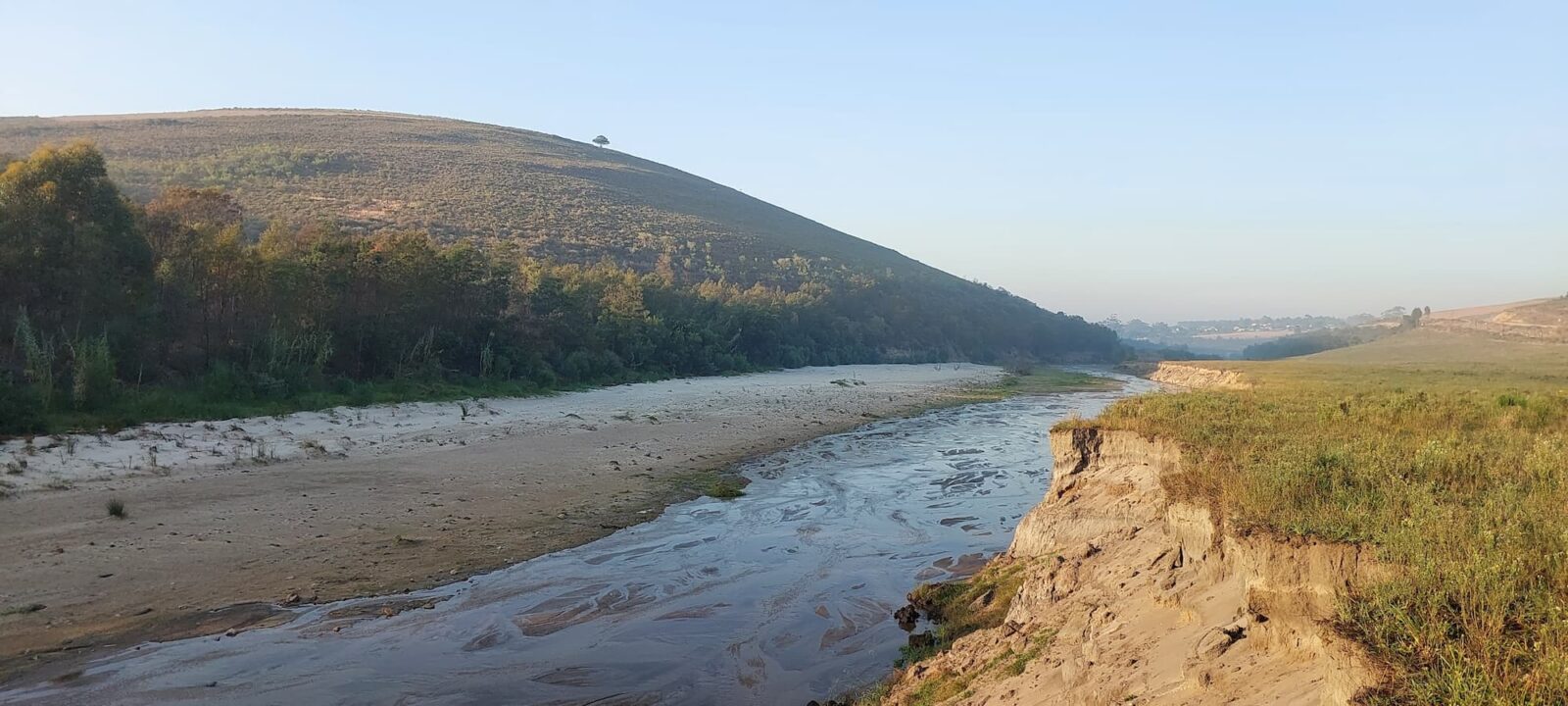
The weather was decent on the way to the pass, with little wind, though patches of fog lingered in the basins. A cold front was approaching, so there were no guarantees. After a quick 45-minute drive from Somerset West, we arrived and started exploring. We didn’t have a set goal—just one of those general birding trips where you hope something rare turns up.
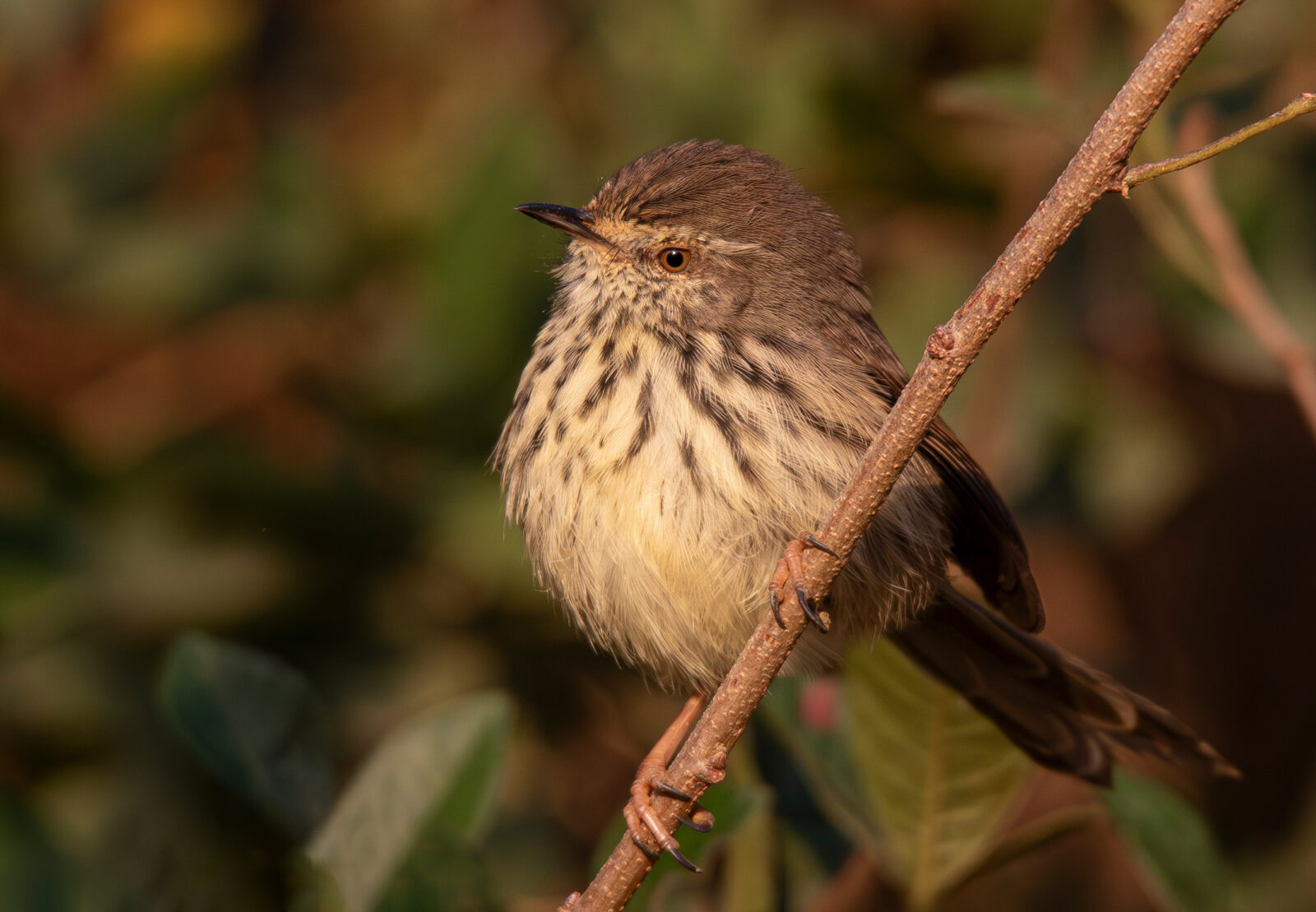
The pass feels like a different world, with a river running alongside, farmlands to the east, and mountains to the northwest. We stopped as the first light broke over the hills, cutting through the fog.
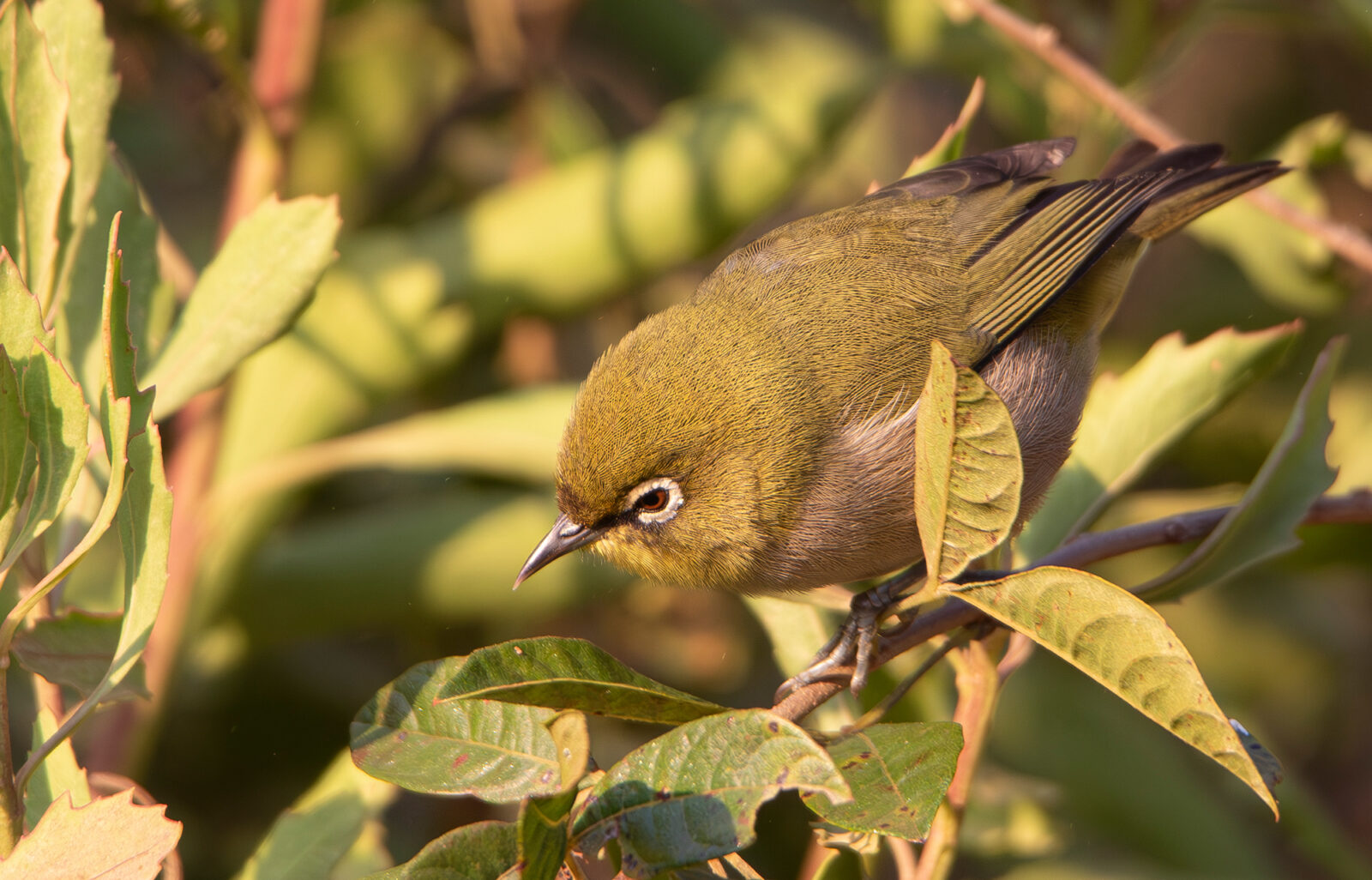
Common species popped up in the golden glow: Fork-Tailed Drongo, Cape White-Eye, Karoo Prinia, Cape Scrub Robin, and a few “Gypos” (Egyptian Geese). Further along, we heard African Harrier-Hawks calling and caught brief views as one glided from a gum tree over the farm toward its mate—a bird known in South Africa for its knack for raiding nests.
We lingered on the road a bit longer, but the birdlife was average, and with other spots in mind, we headed back toward Botrivier.
Birding Karwyderskraal
We’d planned to hit Botrivier Lagoon, but as we left the pass, the wind picked up and the air turned icy. That was too much for a slim chance at a good bird. Instead, we cruised Karwyderskraal Road, a spot with a history of rarities like Hooded Vulture, European Roller, Lilac-Breasted Roller, and Marabou Stork.
Our drive, however, was not quite as fruitful – but we did get a cool sighting of a Black-Shouldered Kite that was hovering in place, showcasing its ability to maintain position – rather drone-like. Just don’t tell that to the birds aren’t real people.
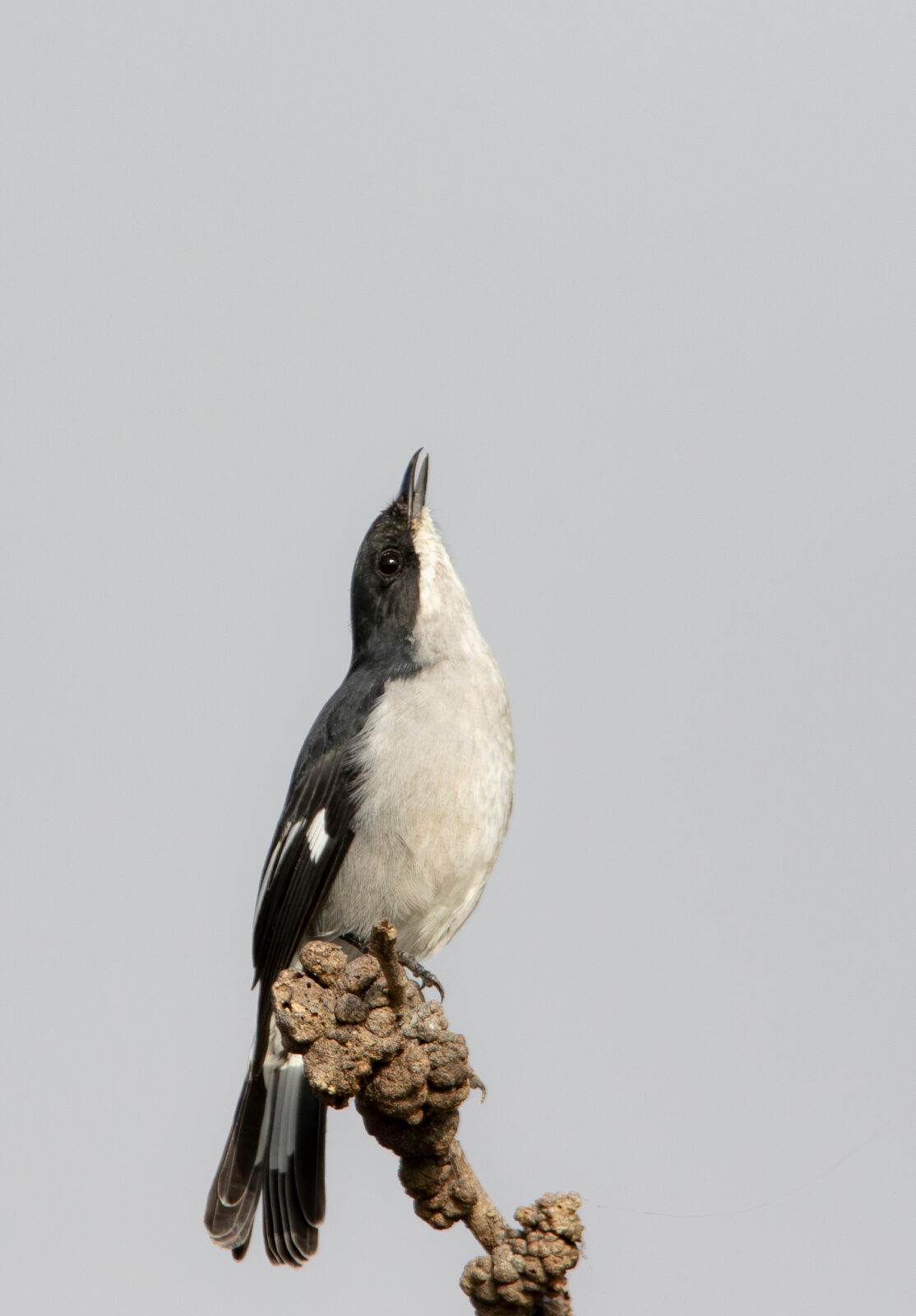
The weather kept worsening, making it tough, but we still picked up some regulars: Greater Striped Swallow, Barn Swallow, Black Saw-Wing, Fiscal Flycatcher, Southern Fiscal, Black-Shouldered Kite, African Stonechat, and a Black Sparrowhawk in its usual light morph.
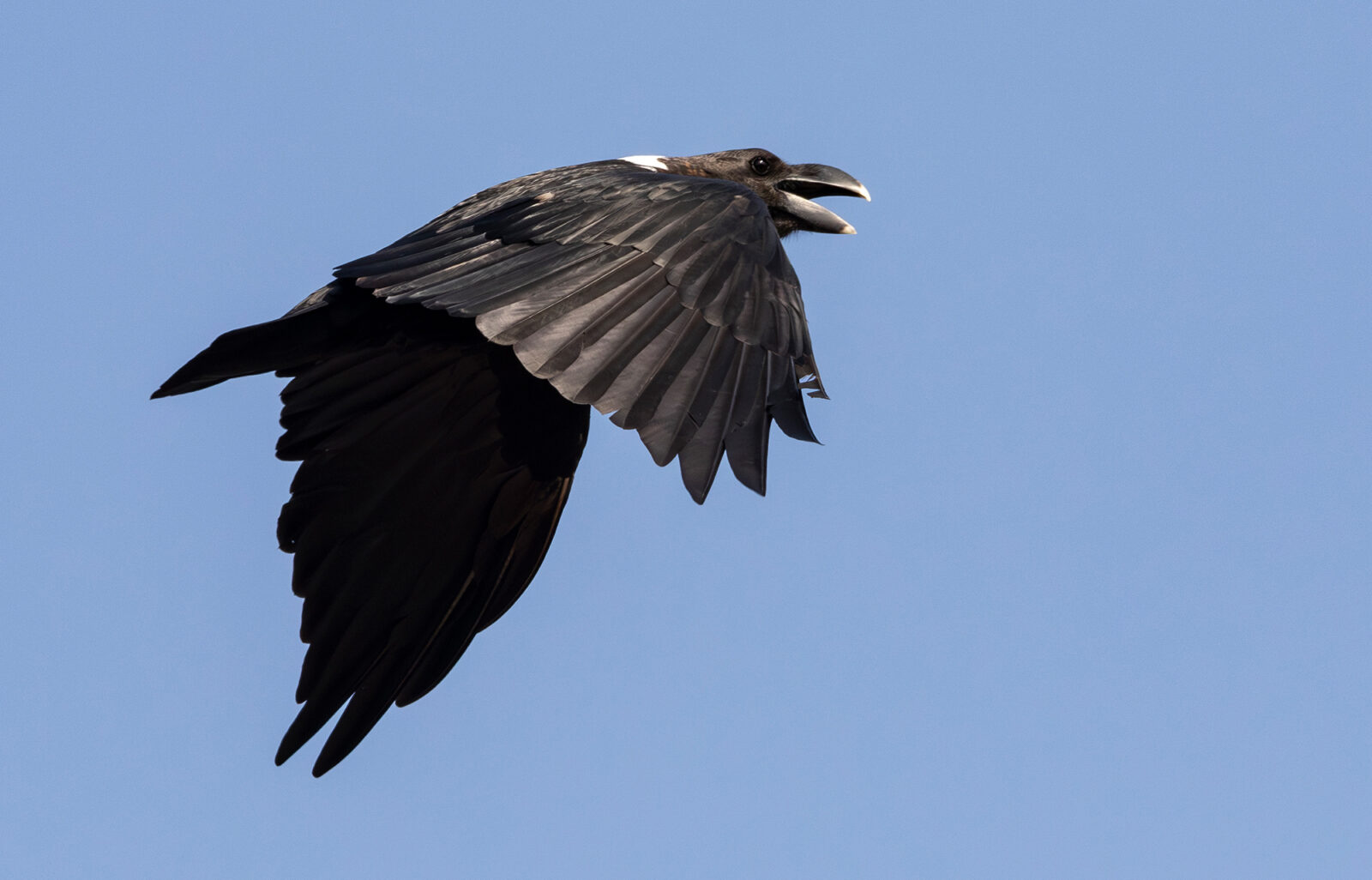
African Penguins at Betty’s Bay
On the way home, we made an unplanned stop at Betty’s Bay for the African Penguins. It was busier than I remembered—parking was a hassle, and tourists were everywhere, despite the time of year. On the upside, the protected area has grown, and there were plenty of penguins around. Some molting ones looked a bit scruffy, while others were busy interacting, offering good photo ops. Their numbers have been dropping in South Africa, but recent conservation efforts have brought some hope.
Twitching the Western Yellow Wagtail in Macassar
After a morning of driving, I was ready to unwind—until a Rare Bird Alert pinged about a Western Yellow Wagtail at Macassar Sewage Works. I’d seen one years ago in Strandfontein, but Milli hadn’t, and this bird’s bright plumage was too tempting to miss. It was just a 10-minute drive, so we were off.
We arrived and met Michael Mason, who pointed us to the bird. It was restless, moving around the pan, but our first views were solid as it fed nearby. Milli noted how much smaller it was than the Cape Wagtail—a handy tip for spotting this scarce migrant. Trevor Hardaker showed up soon after, and we all watched, hoping it’d come closer. It didn’t—until it flew into a fence right in front of us and sat there. The shadows and setting ruined the shot, though.

We tried again the next morning, but the bird stuck to the same elusive routine. Still, photo or not, it was a striking Western Yellow Wagtail—far more vibrant than the usual washed-out ones we get here.
